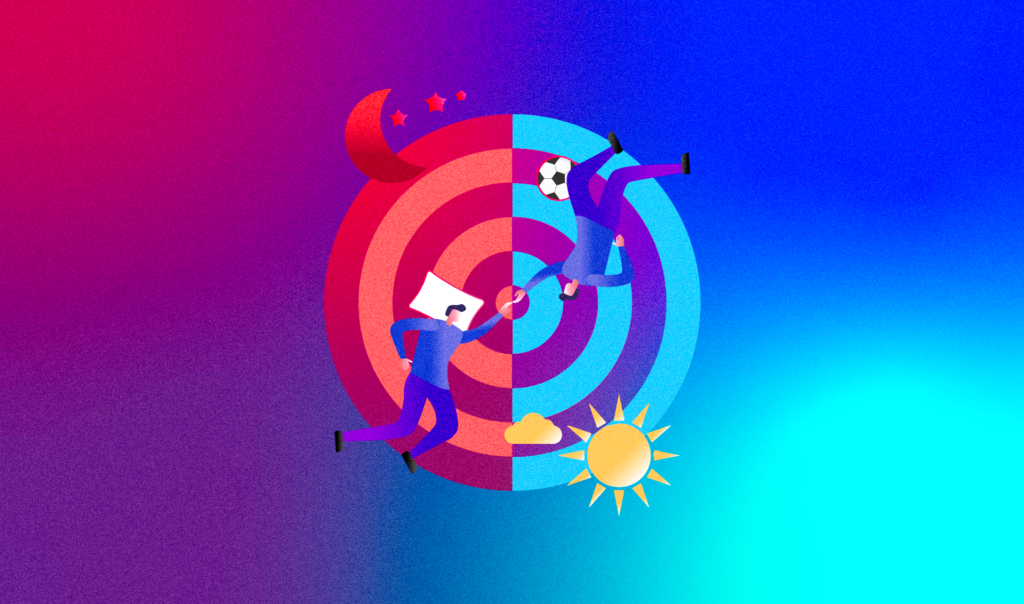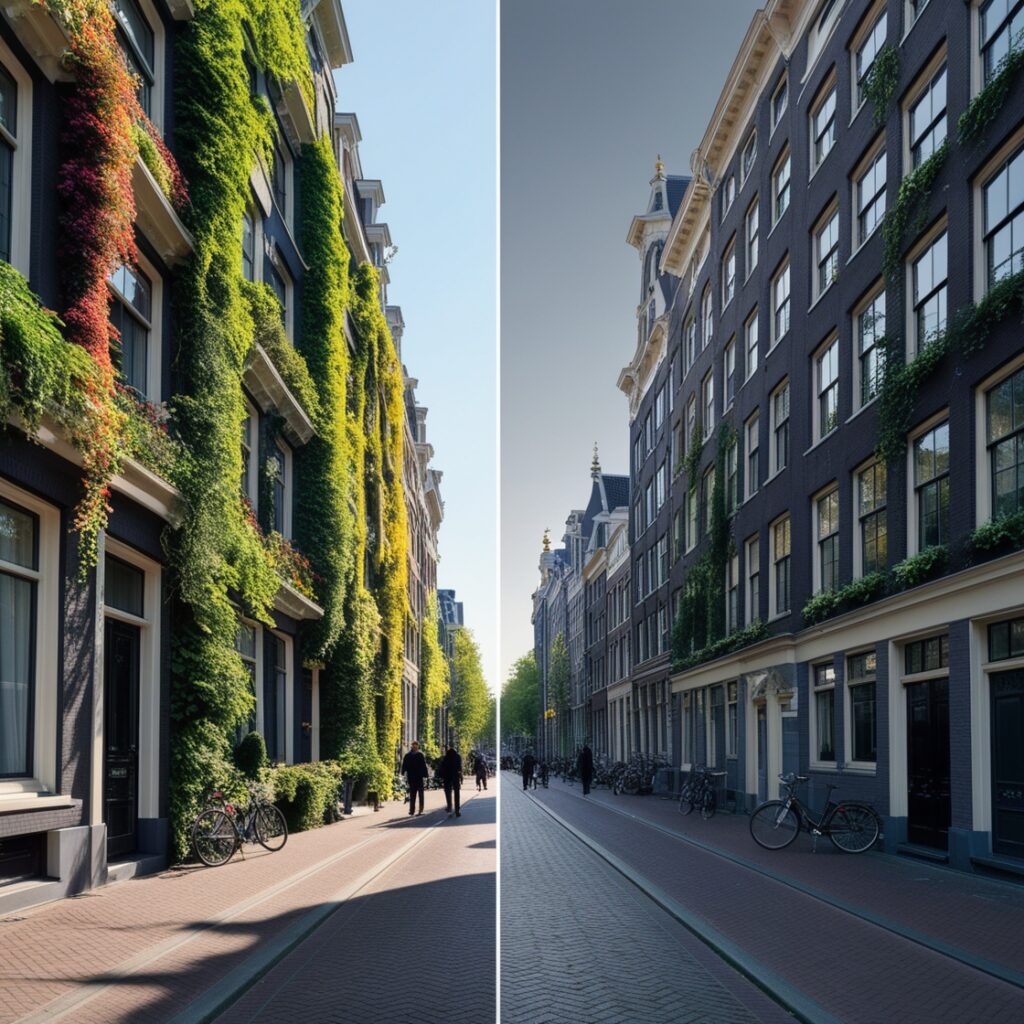Project
Heat Resistant Cities 2
Project Background
Urban heating
Urban heat is a challenge coming onto the agenda of cities and citizens. Heat is an invisible killer that causes real health impacts. On hot days, urban centres can feel hotter than suburban or rural areas. The lack of greenery, plus high concentrations of man-made materials can reflect and trap heat, rather than cool the surroundings. During the day, this impacts the ability of people to use and enjoy public spaces and can be dangerous for health. During the night, cities should release the trapped heat, but when cities do not cool down enough at night, this creates health issues especially for the most vulnerable, such as cities’ oldest and youngest citizens.
A silent killer: Nighttime heat stress
There is a misconception that heat waves only affect the temperature and well-being of the environment and citizens during the daytime. Nighttime temperature is tremendously imbalanced by heat during the daytime. This spike in temperature during the night greatly affects mainly the elderly and infants (whose bodies cannot cool down easily). It becomes especially problematic and uncomfortable at night when the nighttime temperature does not drop below 25 degrees Celsius. Heat stress, heat stroke, and intense dehydration are all occurring more often on these occasions. Overall, human health is greatly affected by extreme nighttime temperatures during heatwaves.
The challenge
There is a current lack of awareness on the impact of heat stress and the rising temperatures caused by global warming. In the Netherlands, heat stress is as of now only an issue on a few key days during the year. However, temperatures across the world and in the Netherlands are expected to rise. Heat stress is “invisible” and thus harder to grasp, e.g. compared to flood risk, setting it lower on the agenda. There is an opportunity to create positive and empowering climate communication around this topic and design ways to visualise and make heat stress tangible.
Cities, policymakers, and citizens must collaborate to address this issue. An important first step is to communicate and promote awareness on the problems caused by heatwaves. Secondly, we need to empower citizens and municipalities to work together to make choices that will promote heat resiliency in the cities. Existing greenery such as trees play a key role in reducing heat stress. Thus, preserving existing greenery is key. Cities can also “green” public spaces, while citizens can “green” their yards or roofs.

Our target group: Homeowners
Homeowners play an important role in making decisions for their homes. Decisions like whether to install air conditioning, plant or cut down trees, green roofs or balconies, or even ventilation can have negative or positive impacts on the heating of their surroundings (streets, cities). By empowering these citizens (house owners) to reflect on the impacts of their choices they can make choices that will not only be good for them, but for their neighbours, their cities, and the planet.
The opportunity of Digital Twins
Digital twins of cities have the potential to help cities and citizens to collaborate towards creating more climate-resilient cities. Digital twins can model and show the current and predicted future states of cities, helping citizens and municipalities to choose sustainable practices. They have the potential to visualise the impact of initiatives on even a neighbourhood or street level. Cities are increasingly making their data sets public and digital twins available to the public. There is an opportunity to explore how digital twins can be used by citizens and policymakers to collectively address issues like heat stress.
Our Challenge
“How might we use Digital Twins of cities to communicate and visualize nighttime heat stress (invisible), to create awareness and empower homeowners to take action in their homes and surroundings?”

Sub Questions
- How might we drive homeowner awareness and understanding of heat stress and its risks in a positive and empowering way?
- How might digital twins be used in combination with communication/services/user experience/interface design as a communication tool to the public?
- How might we be inclusive with diverse groups of homeowners?
- How might we support in-home and even street-level conversations?
- How might we show the longer-term effects/impacts of different interventions/scenarios?
Our solution
Partners
Our clients for this project are the Municipality of Amersfoort, HVA, and TAUW, a Dutch consultancy and engineering firm (that gives environmental advice on the sustainable development of the living environment). In collaboration with our partners, we are aiming to raise awareness among citizens to take action for the issue by using the technology of “Digital twin of a city”.
This project focuses on the following Sustainable Development Goals (SDGs):

PROJECT TIME FRAME
- Feb 2022 – Jun 2022
PART OF TRACK
- Digital Twin
PARTNERS
- Municipality of Amersfoort
- TAUW
TEAM MEMBERS
Click for LinkedIn Profiles
- Clinton Emenari
IT Engineer

- Rina Horisawa
Design Researcher

- Tanyatorn Lauwanichpat
UX Designer

- Oğulcan Temiz
Generalist

This article continues on the following series:
- Blog Entry 1: Discovering the problem: Heat resistant city and Home owners – Digital Society School
- The Smart Talking Plant Pot: The Smart Plant Pot


